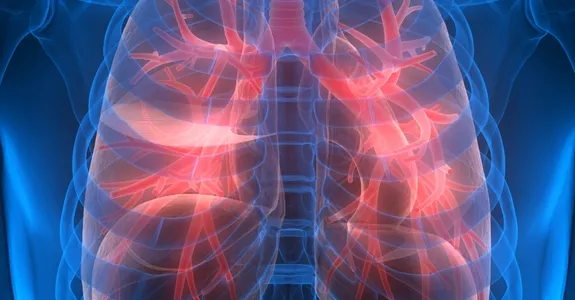
Dr. Rabinovitch's research program seeks to identify the cellular and molecular programs regulating vascular and lung development. They then determine how these programs are perturbed by genetic abnormalities or injurious processes associated with disease. Their studies use high throughput genomic and microfluidic technologies, a variety of cell biology platforms including confocal and videomicroscopy, genetically modified mouse models of human disease, human tissue samples and induced pluripotent stem cells to answer these questions. Their major disease focus is pulmonary arterial hypertension (PAH), a condition that can be a fatal complication in children with heart defects, but also arises as a condition of unknown etiology primarily in young women. The pathological changes in the lung blood vessels that cause right-sided heart failure include loss of the distal microcirculation and obliterative proliferative changes occluding the lumen of larger arteries. Their goal is to learn how we can activate lung vascular developmental programs to regenerate lost microvessels and to reverse the obliterative changes. Over the past decade our research has led to four novel compounds in clinical trial or being positioned for clinical trial.
Dr. Rabinovitch's laboratory research projects have explored the link between the genetic mutation causing loss of function of bone morphogenetic protein receptor (BMPR) 2 and perturbation of Wingless (Wnt) signaling, PPARg mediated gene regulation, RNA translation, cross-talk with other cell surface receptors (PDGF, RAGE) and structural and functional derangement of the pulmonary circulation.They also address how viruses perturb microRNA function and how this might lead to the activation and production of neutrophil elastase in the vessel wall, and we use microfluidics to establish lung vascular and inflammatory cells that are transformed or abnormally expanded.




